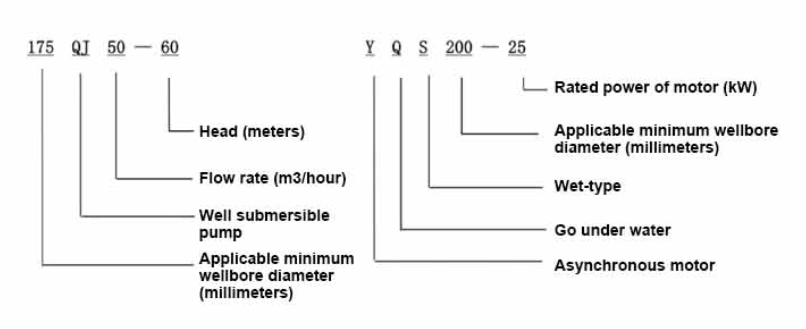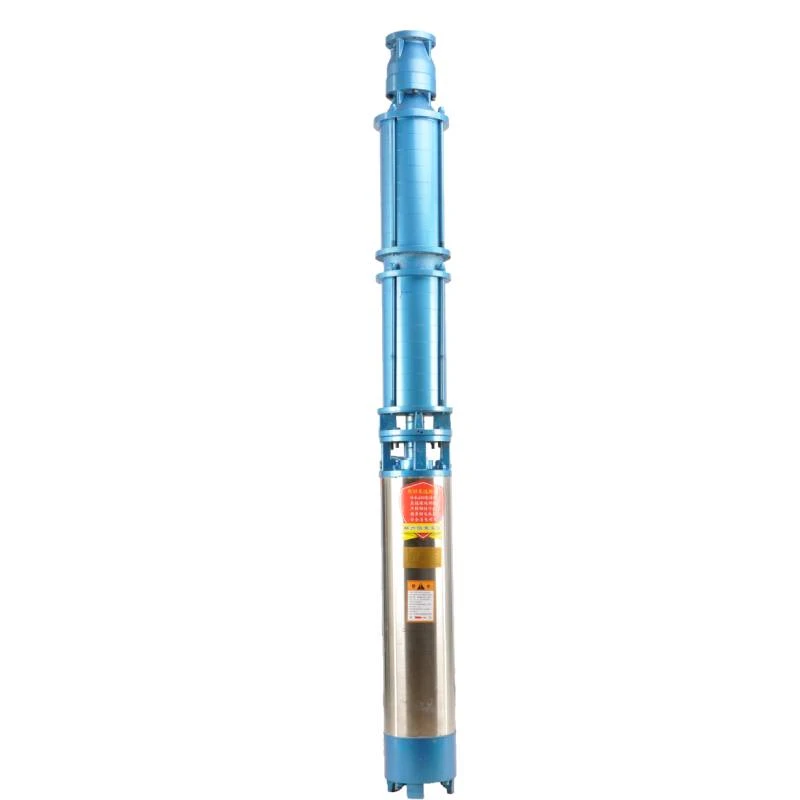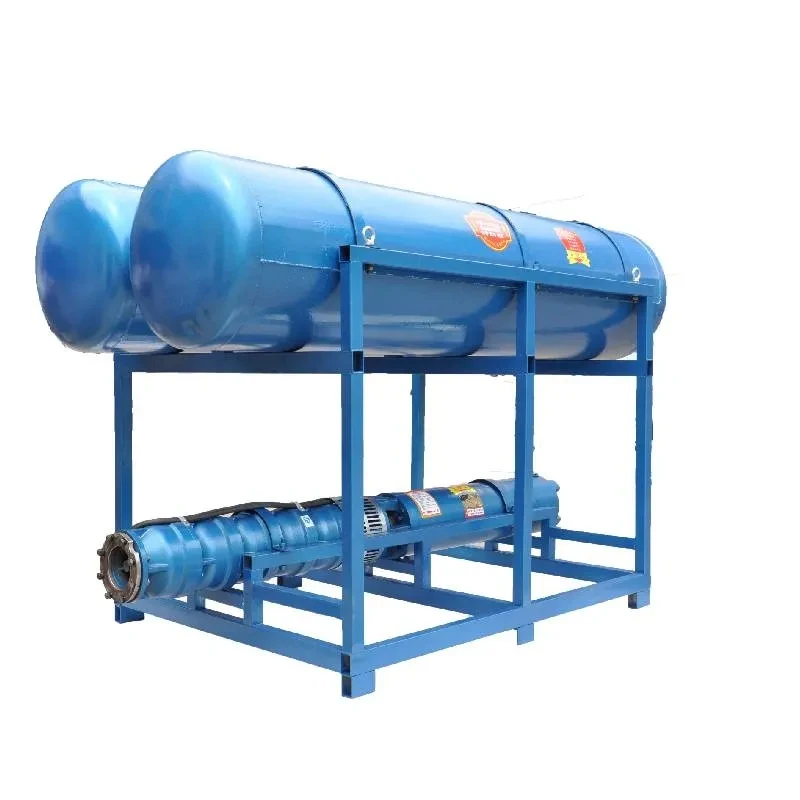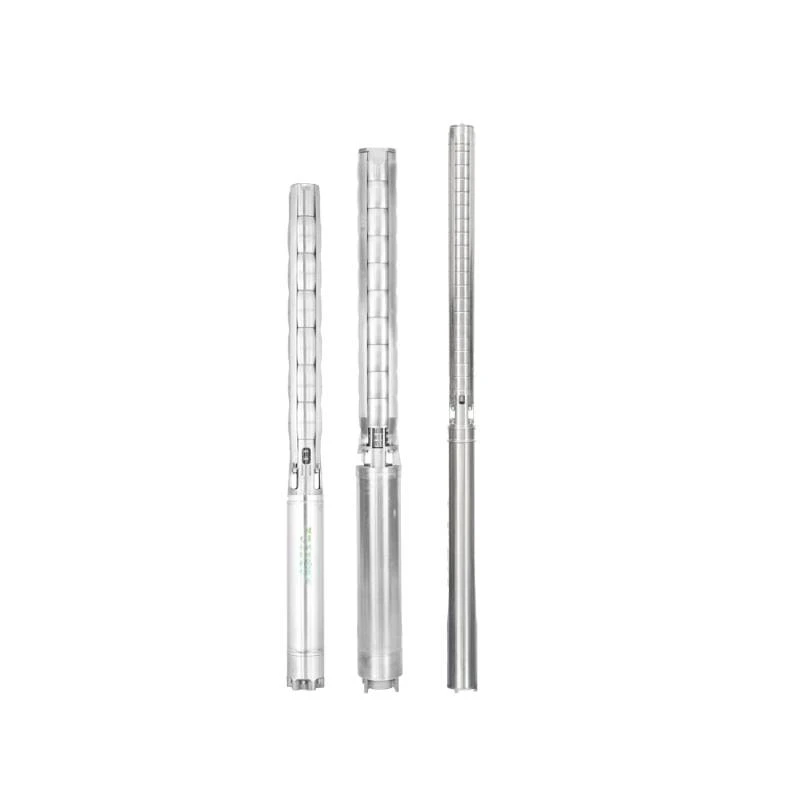ກ.ກ. . 27, 2024 11:20 Back to list
Understanding the Functionality and Operation of Deep Well Submersible Pumps in Water Extraction
How Does a Deep Well Submersible Pump Work?
A deep well submersible pump is a vital piece of equipment used for extracting water from deep underground sources. These pumps are designed to operate submerged in water, making them particularly effective for deep wells where other types of pumps may struggle to function efficiently. Let's delve into how these pumps work, their components, and their applications.
Basic Principle of Operation
The primary function of a deep well submersible pump is to lift water from a considerable depth to the surface. This is accomplished through a series of stages involving an electric motor and a pump assembly that is submerged beneath the water source. The motor is usually located at the bottom of the pump unit, coupled directly to the impeller assembly.
When the pump is activated, the electric motor spins the impellers, which are designed to create a pressure drop that allows water to be drawn in through the intake screen at the bottom of the pump. As the impellers rotate, they impart velocity to the water, pushing it upward through a vertical column of piping until it reaches the surface.
Components of a Deep Well Submersible Pump
A typical deep well submersible pump comprises several key components
1. Motor The electric motor is the powerhouse of the pump, converting electrical energy into mechanical energy. It is designed to operate underwater and is sealed to prevent water damage.
2. Impellers These are rotating blades that increase the flow of water. A deep well pump can have multiple impellers arranged in stages, allowing it to produce higher pressure and lift water from greater depths.
3. Pump Shaft This connects the motor to the impellers, transferring mechanical energy from the motor to the pump assembly.
how does a deep well submersible pump work

4. Strainer The intake strainer prevents debris and sediment from entering the pump, which could cause clogs or damage.
5. Discharge Head This is the top part of the pump that connects to the delivery pipe, allowing water to flow from the pump to the surface.
6. Check Valve This is installed in the discharge pipe to prevent backflow of water when the pump is turned off, maintaining the pump's prime and preventing potential damages.
Working Process
When a deep well submersible pump is initiated, the electric motor begins rotating the impellers. As the impellers spin, they create a low-pressure zone at the pump's inlet. This pressure differential draws groundwater into the pump through the strainer.
As the water is impelled upward, it passes through a sequence of impellers, each stage boosting the pressure and pushing the water higher. The design of the pump allows it to handle significant depths, sometimes exceeding several hundred feet. Once the water reaches the surface, it can flow directly into a storage tank or be directed to be used for irrigation, drinking, or other purposes.
Applications
Deep well submersible pumps are widely used across various sectors. They are essential in agricultural irrigation systems, providing water to crops and livestock. In residential settings, these pumps are often used to supply household water, particularly in rural areas where municipal water systems are not available. Additionally, they find applications in industrial processes, commercial water supply, and groundwater management.
Conclusion
Deep well submersible pumps are ingenious devices designed to handle the challenges of pumping water from great depths. Their efficient design and ability to function underwater make them indispensable in many applications, from agriculture to residential water supply. Understanding how these pumps work provides valuable insight into their importance in our daily lives and the infrastructure that supports them. As technology advances, these pumps continue to evolve, ensuring access to one of Earth’s most critical resources—water.
-
Troubleshooting for Water-Filled Submersible Pumps
NewsJun.04,2025
-
Troubleshooting for Floating Deep Well Submersible Pumps
NewsJun.04,2025
-
How to Choose SS Submersible Pump for Deep Well Applications
NewsJun.04,2025
-
Floating Deep Well Submersible Pump Cost: Factors Affecting Pricing
NewsJun.04,2025
-
Buying Guide for Deep Well Submersible Pumps
NewsJun.04,2025
-
Best Submersible Pumps for Agriculture and Irrigation
NewsJun.04,2025
-
 Troubleshooting for Water-Filled Submersible PumpsSubmersible pumps are essential for various applications, including irrigation, drainage, and water supply systems.Detail
Troubleshooting for Water-Filled Submersible PumpsSubmersible pumps are essential for various applications, including irrigation, drainage, and water supply systems.Detail -
 Troubleshooting for Floating Deep Well Submersible PumpsWhen it comes to reliable water extraction solutions, the floating deep well submersible pumps stands out as a top choice for both residential and industrial applications.Detail
Troubleshooting for Floating Deep Well Submersible PumpsWhen it comes to reliable water extraction solutions, the floating deep well submersible pumps stands out as a top choice for both residential and industrial applications.Detail -
 How to Choose SS Submersible Pump for Deep Well ApplicationsWhen it comes to deep well water extraction, selecting the right pump is crucial for efficiency, durability, and long-term performance.Detail
How to Choose SS Submersible Pump for Deep Well ApplicationsWhen it comes to deep well water extraction, selecting the right pump is crucial for efficiency, durability, and long-term performance.Detail
